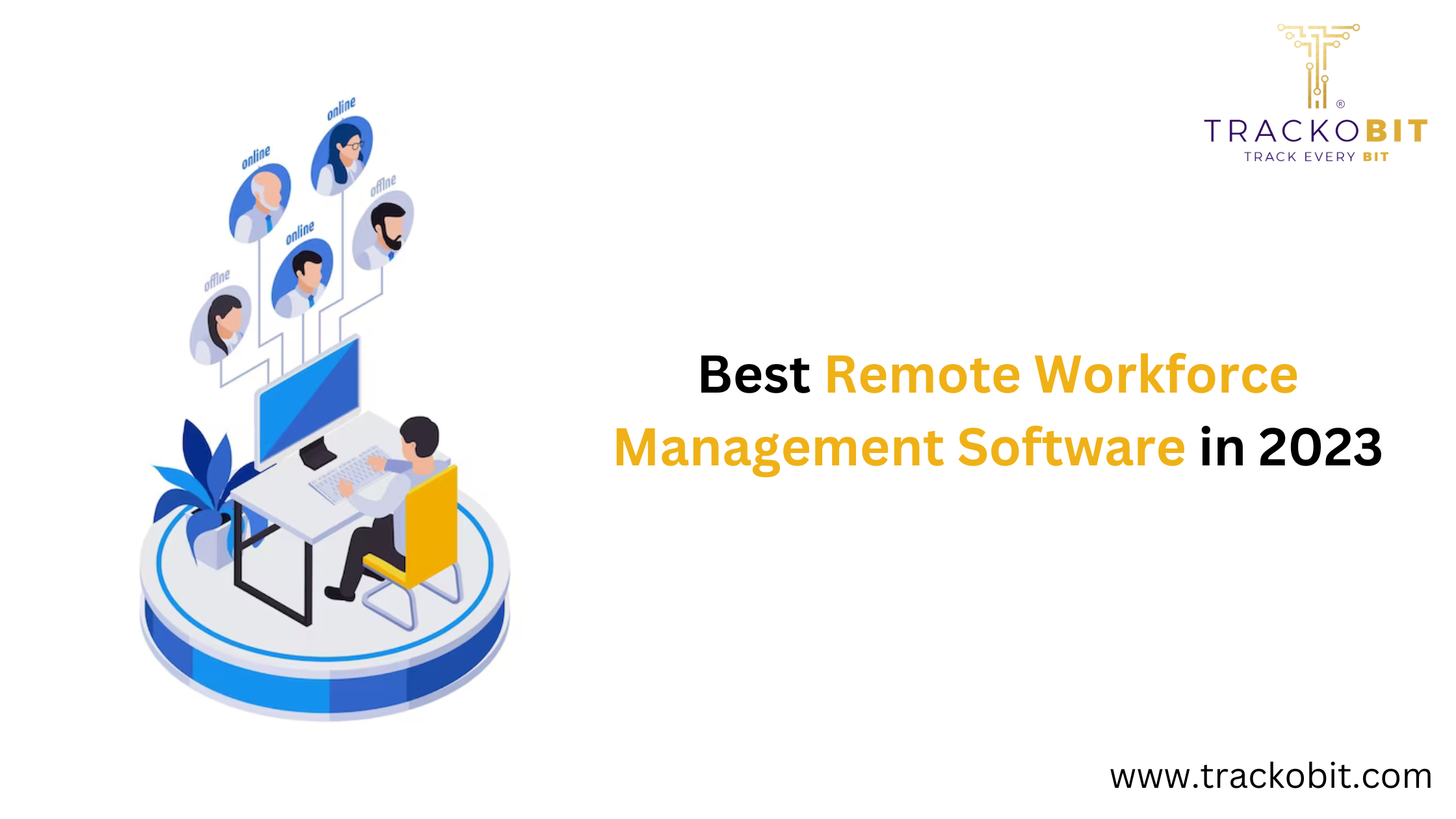In the ever-evolving landscape of the modern workplace, the rise of remote work has transformed the way businesses operate. Remote Workforce Management Software has become a critical tool for organizations seeking to effectively manage, collaborate, and monitor the performance of remote teams. As we step into 2023, let’s explore the best remote workforce management software solutions that are poised to shape the future of work.
The Evolution of Remote Workforce Management
The shift to remote work has necessitated the development of comprehensive solutions to address the unique challenges associated with managing dispersed teams. Remote Workforce Management Software encompasses a range of functionalities designed to enhance communication, collaboration, project management, and performance tracking in a remote work environment.
Key Features of Remote Workforce Management Software
-
Collaboration Tools:
-
-
- Real-Time Messaging: Facilitates instant communication among team members, fostering quick decision-making.
- Video Conferencing: Enables face-to-face virtual meetings, enhancing team connectivity and collaboration.
-
-
Project Management:
-
-
- Task Assignment and Tracking: Allows managers to assign tasks, set deadlines, and track progress in real-time.
- Kanban Boards and Gantt Charts: Provides visual tools for project planning and workflow management.
-
-
Time Tracking and Productivity Monitoring:
-
-
- Automated Time Tracking: Monitors time spent on tasks and projects, aiding in productivity analysis.
- Activity Monitoring: Tracks user activity to provide insights into work patterns and identify areas for improvement.
-
-
Document and File Management:
-
-
- Cloud Storage Integration: Facilitates secure storage and easy access to documents, promoting collaboration.
- Version Control: Ensures that teams are working on the latest versions of documents, avoiding confusion.
-
-
Employee Performance Evaluation:
-
-
- Key Performance Indicators (KPIs): Sets and tracks performance metrics to assess individual and team achievements.
- 360-Degree Feedback: Allows for multi-directional feedback, fostering a holistic view of employee performance.
-
-
Employee Engagement and Wellbeing:
-
- Employee Surveys and Feedback: Gathers insights into employee satisfaction and engagement levels.
- Wellness Programs: Integrates features to support employee well-being and work-life balance.
-
Security and Compliance:
- Secure Access Controls: Ensures that sensitive information is accessed only by authorized personnel.
- Compliance Monitoring: Helps organizations adhere to data protection and privacy regulations.
Best Remote Workforce Management Software in 2023
1. Microsoft Teams:
- Key Features:
- Integrated with Microsoft 365 for seamless collaboration.
- Real-time chat, video conferencing, and file sharing.
- Integration with third-party apps for enhanced functionality.
- Task management and calendar features.
2. Asana:
- Key Features:
- Intuitive project management tools with Kanban boards and Gantt charts.
- Task assignment, due dates, and priority settings.
- Collaboration features for team communication.
- Integration with various third-party applications.
3. Trello:
- Key Features:
- Visual project management with boards, lists, and cards.
- Easy task assignment and progress tracking.
- Integration with popular productivity tools.
- User-friendly interface for quick adoption.
4. Hubstaff:
- Key Features:
- Automated time tracking for remote teams.
- Activity monitoring for productivity insights.
- GPS tracking for field and mobile teams.
- Payroll and invoicing integration.
5. Monday.com:
- Key Features:
- Customizable work operating system for teams.
- Visual project tracking with boards and timelines.
- Collaboration tools, including file sharing and communication.
- Integration with various apps and platforms.
6. Slack:
- Key Features:
- Real-time messaging and collaboration channels.
- File sharing and integrations with numerous third-party tools.
- Channel-based organization for streamlined communication.
- Searchable message archives for easy reference.
7. Jira:
- Key Features:
- Agile project management with customizable workflows.
- Advanced issue tracking and reporting.
- Integration with development tools for software teams.
- Roadmap planning and visual project tracking.
Choosing the Right Remote Workforce Management Software
When selecting Remote Workforce Management Software, organizations should consider the following factors:
Scalability:
- Ensure that the software can scale with the organization’s growth and evolving needs.
Integration Capabilities:
- Choose a solution that seamlessly integrates with existing tools and platforms used by the organization.
User-Friendly Interface:
- Prioritize software with an intuitive interface to facilitate easy adoption by remote teams.
Security Measures:
- Verify that the software includes robust security features to protect sensitive data and ensure compliance.
Collaboration Features:
- Assess the collaboration tools and features to support effective communication and teamwork.
Cost Considerations:
- Evaluate the cost structure and ensure that it aligns with the organization’s budget and requirements.
The Future of Remote Workforce Management
As remote work becomes a more permanent fixture in the professional landscape, the future of Remote Workforce Management Software is likely to witness further advancements. Integration with artificial intelligence, enhanced analytics for performance insights, and increased focus on employee well-being are expected trends.
Conclusion
In the dynamic realm of remote work, where collaboration, efficiency, and employee engagement are paramount, the right Remote Workforce Management Software becomes a strategic asset. The tools mentioned above represent a snapshot of the diverse solutions available to organizations seeking to navigate the complexities of remote team management in 2023. As businesses continue to adapt to the changing nature of work, investing in robust Best Workforce Management Software is not just a technological decision but a crucial step toward fostering a connected, productive, and future-ready workforce.
Read Also:- What is Strategic Workforce Planning and What Are its Benefits




